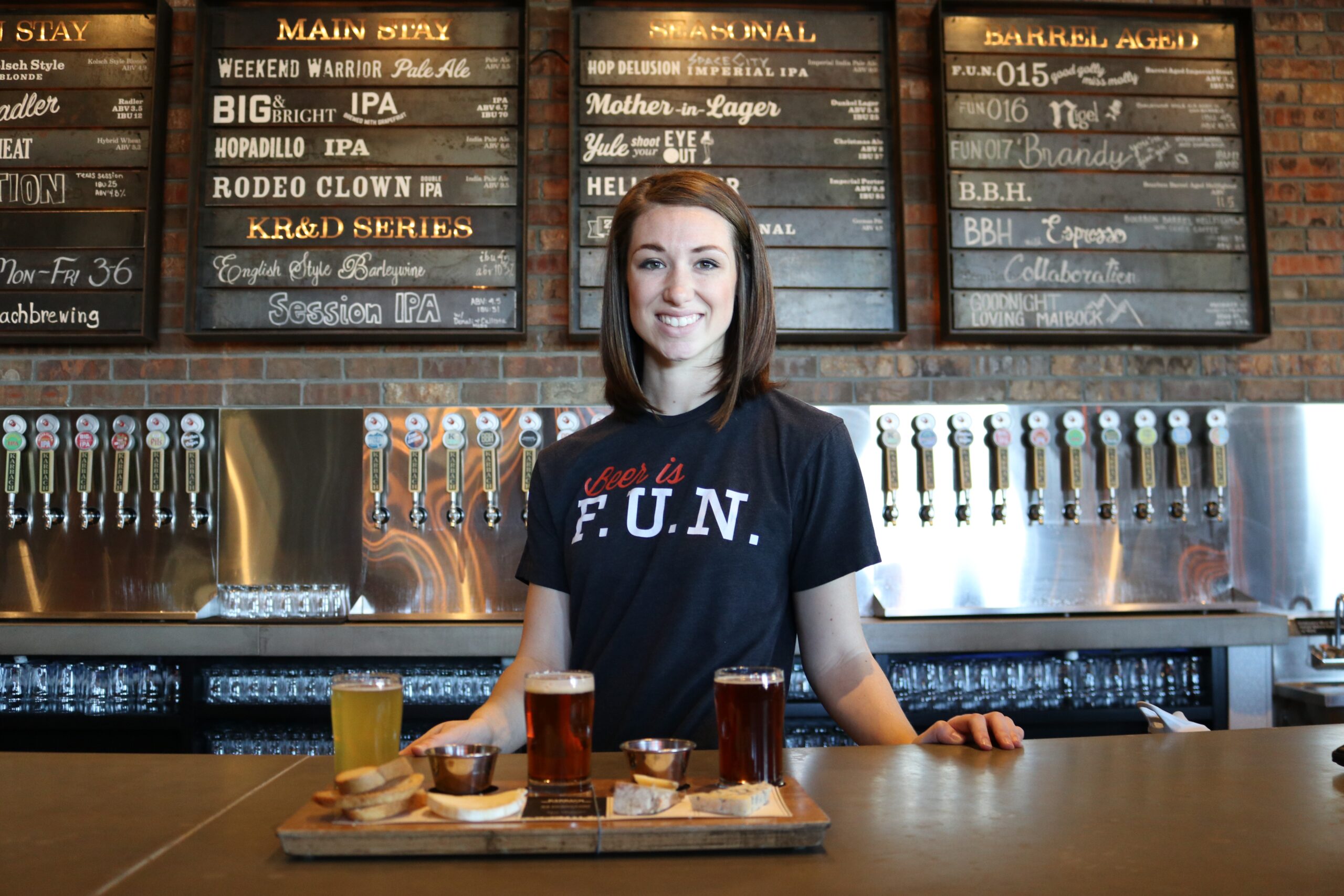You can implement 7 HACCP principles in your Pizza shops to detect, assess, and manage potential hazards to customers’ health posed by chemical, biological, and physical factors. We may illustrate these rules with the help of the steps involved in preparing chicken used for making pizzas (i.e., “receive,” “store,” “prepare,” “cook,” “hold,” and “serve”).
Perform a hazard analysis
First hazards first: make a note of everything on the menu that may make a consumer sick or hurt them if it wasn’t properly handled from a food safety standpoint.
To comply, eateries must identify potential hazards to diners’ health that are associated with the items on the menu. The equipment utilized, as well as the methods of storing, preparing, and cooking the food (if appropriate), are also included. Even strict adherence to the HACCP plan may be unsuccessful if even a single risk is overlooked.
As an illustration, raw chicken is often cooked and eaten the same day. Salmonella contamination is a food safety concern if the chicken is undercooked. (possible threat to life and health).
Read more: Tips On Managing Food Costs For Maximum Profitability
Identify the CCPs (CCPs)
The next step is to pinpoint potential choke spots and places where hazards might be mitigated. Critical control points are those places in a process when an intervention can have a significant effect, in contrast to the processes that are pre-requisite programs (PRPs).
To prevent customers from becoming sick, it’s important for Pizza shops to be vigilant about potential food contamination hazards (whether chemical, biological, physical). Go item by item through the whole food preparation process, from obtaining raw ingredients to storing and preparing food, and note any potential weak spots in food safety.
Critical control point definition: the moment at which raw chicken is transformed into edible form. Salmonella must be killed during cooking or reduced to an acceptable level for human consumption.
Set limits for CCPs
To provide a secure environment and eliminate or minimize food safety hazards to an acceptable level, you must next determine the lowest and highest CCPs that will still achieve these goals.
Temperature, pH humidity, salt content, etc., are all examples of scientific parameters, recommendations, regulatory standards and experimental results that might inform critical limitations.
To destroy Salmonella, for instance, raw chicken must be cooked to an internal temperature of 165 degrees Fahrenheit for 15 seconds. The critical temperature would be 165 degrees Fahrenheit for 15 seconds.
Set up procedures for monitoring
You’ll need to keep meticulous records from now on to guarantee the most important parameters are met. In a perfect world, checks would be performed in real time using computerized means. Compared to sporadic and opaque manual processes, this one will provide more precision, control, and transparency.
The task of monitoring a CCP is a crucial one. Workers need instruction in both the “why” and the “how” of their work. Workers are more likely to support the HACCP plan if they are aware of the consequences of food safety hazards (such as outbreaks, product recalls, business closure, job losses, etc.).
To check if the chicken has achieved an internal temperature of 165°F for at least 15 seconds, a clean temperature probe should be put in the thickest section of the flesh.
Prepare corrective actions
Things will go wrong occasionally. In order to reduce the hazards associated with identified threats, you must formulate and document remedial measures. In the event of deviations, prompt action must be done to restore consistency.
- Find out what’s causing the noncompliance, fix it, and show that things are back under control with the CCP (revise the procedure if necessary)
- Determine where the non-compliant product will be sent
- Be sure to record any necessary remedial measures
Put in place methods of verification
You may ensure that your HACCP system is functioning properly by establishing checklists, verification, and operating procedures for each daypart and shift throughout the week. In addition, having the management team do self-evaluations on a regular basis is a good way to monitor overall compliance with regulatory bodies and brand standards. This also makes sure your eateries Pizza shop is prepared for an inspection by the health agency.
The shift manager, for instance, must check the temperature logs to make certain that the crucial limit was always adhered to.
Read more: Tips On Managing Food Costs For Maximum Profitability
Create a system for documentation
Document everything you do to make sure food is safe and of good quality. This includes the initial hazard analysis, the HACCP plan, the roles, responsibilities, and assignments, as well as the proof that the procedures were followed.
Having accurate documents available for examination and audit is crucial. It helps you monitor your business’s inputs, outputs, and everything in between. With this information, you can pinpoint locations where discrepancies may arise.
Temperature monitoring charts (with comments on deviations and remedial measures) and supplier invoices are two examples of documents that may be included in a file pertaining to the cooking of chicken.




Leave a Reply